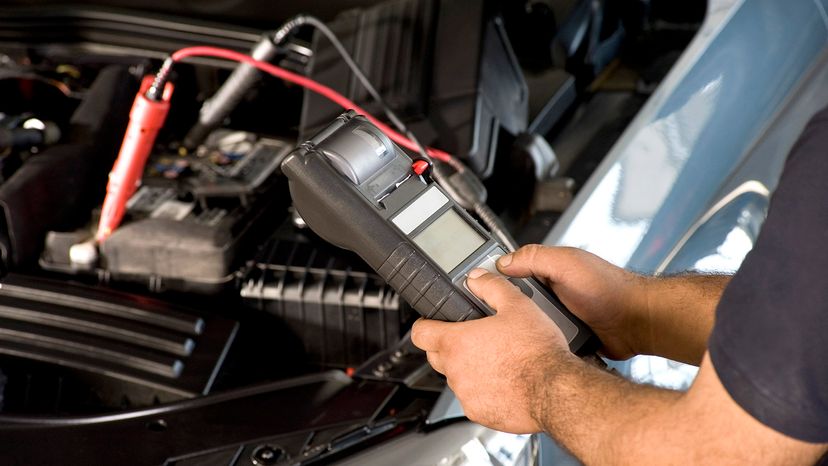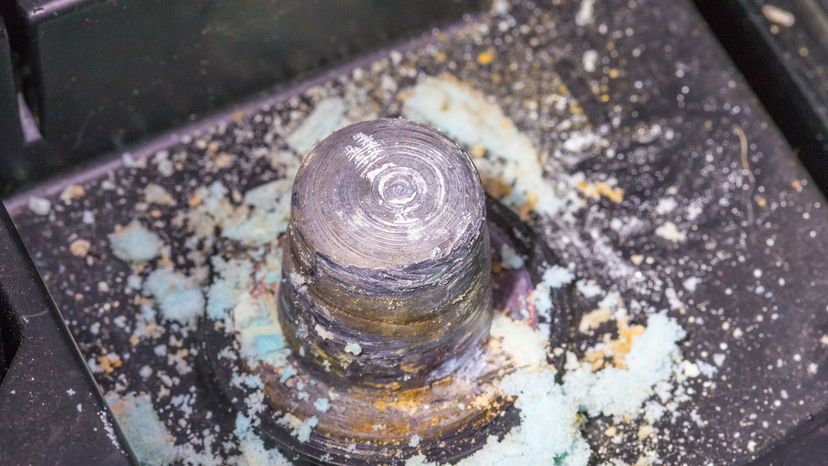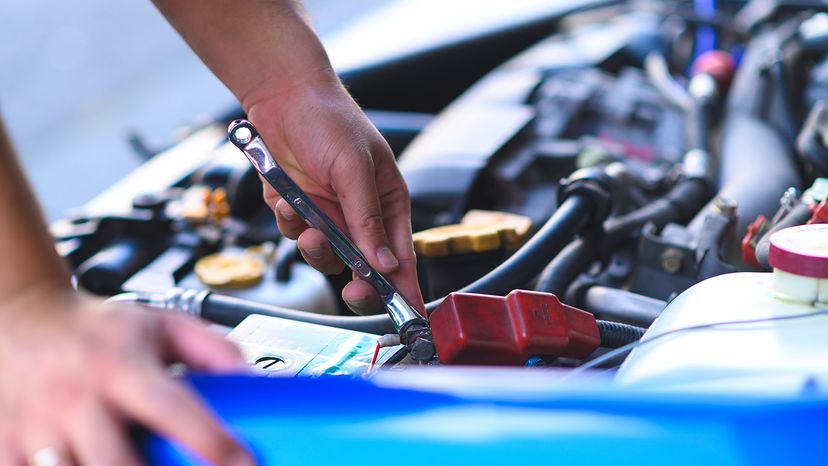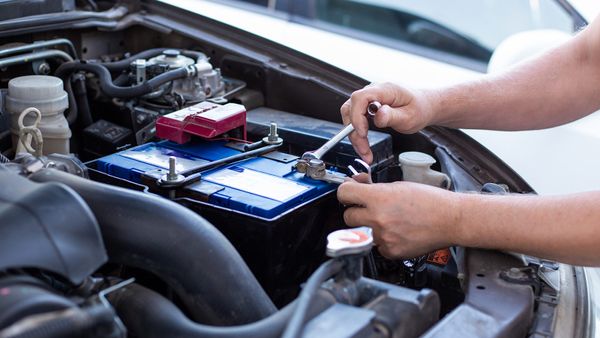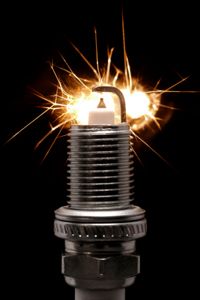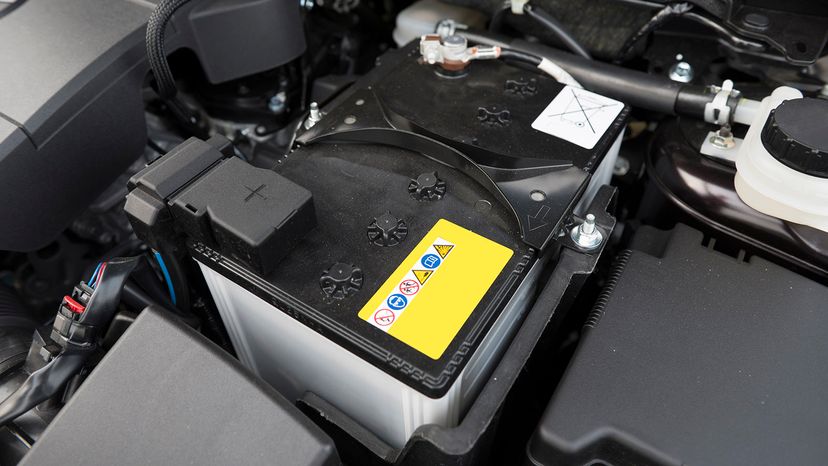
Car batteries are the strong, silent member of the automotive team. They do their job regardless of heat, cold weather and the drivers who demand so much of them. While a battery that allows a car start at the first turn of the key is a joyful thing, it doesn't last forever.
In fact, depending on where you live and how you drive, the condition of your charging system, and several other factors, a car battery will last about four years on average. And when it does give out, there's generally no sign of trouble — your car just dies.
Advertisement
While the lead-acid car battery hasn't changed much in the last 100 years, testing has gotten a bit easier. Simple battery testers can't, at this time, muddle through the chemical complexity of what goes on in a battery. Instead, they provide a sort of snapshot of the battery at the time it's being tested — without the context of the battery's chemical composition before or after the test. Fortunately, this snapshot will help you keep an eye on the situation.
So the rule of thumb is simple for battery replacement: You have approximately four years before the battery will theoretically begin its slide from chemical powerhouse to chemical paperweight. At the four-year mark, start watching for symptoms (which we'll discuss in a bit) and be prepared to take action.
But due to the nature of the chemical cocktail inside any battery, it may give out before you think it's ready, or maybe it will last for several more years.
Keep in mind as you read that batteries for hybrid and electric cars are a little different, and this article will primarily discuss batteries for cars with regular gasoline engines.
Advertisement
